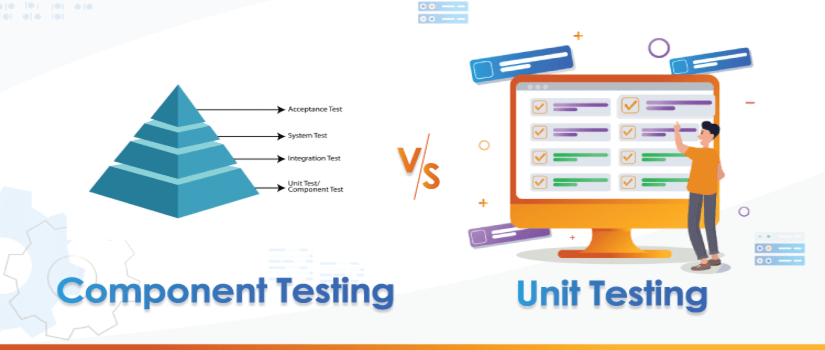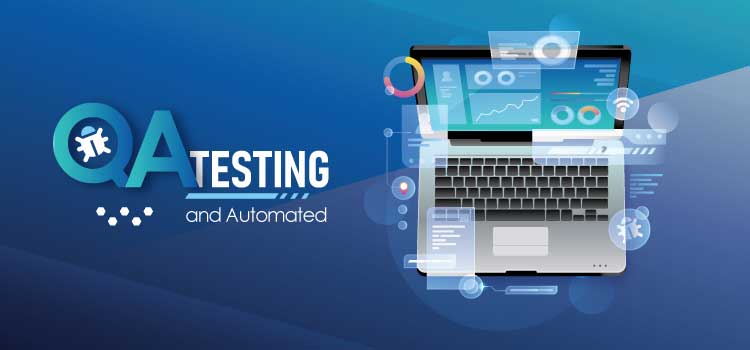A myriad of tools is used to develop a learning management system. Each tool is used to structure a specific component of the system. But there are so many programming, scripting, and query languages out there that there is no one standard as to what language should be deployed for constructing an LMS.
LMS is essentially a web interface that requires a combination of tools that operate the front as well as the back end. In this article, we will see the best technologies available to construct a robust learning management system and how they compare.
PHP
PHP is an open-source programming language. PHP is used to execute functions on the server-side. As LMS relies heavily on data transmission from client to server-side; PHP is a reliable option to develop the backend of the LMS. PHP is best used in the prototyping phase as it is executed considerably faster. Developers of LMS also prefer PHP because it is easy to implement and they can turn the websites into advanced applications. The icing on the cake is that it is free to use. The PHP community is very large and the essential resources are available free of charge. Any developer who wants to build an LMS from scratch should try PHP to program the server-side. PHP is also a popular choice for LMS because the PHP code is natively supported on almost all the known platforms like Linux, Windows, and macOS. PHP is also very flexible as it is integrated into many web development frameworks like Symfony and Laravel and is compatible with most of the databases like MySQL, MongoDB, and many more.
JavaScript
Java is a scripting language. It is a text-based language that can be executed on both server and client-side. Applications of JavaScript are endless. LMS requires interaction from users and JavaScript does exactly that. JavaScript is used to make interactive web pages. This language is used to make interactive elements like small applets to engage a user. Java script adds beauty to a static page by making it more interactive. It controls how a web page behaves. That is why JavaScript is used in learning management systems to increase interaction with the learners. Many developers use JavaScript frameworks to develop mobile apps and pages. A framework is a collection of scripts used to construct web applications and pages with pre-written code. Node.js is an example which is a JavaScript runtime environment based on Chrome’s Java engine. JavaScript is also heavily used in the gamification of LMS.
JavaScript vs PHP
PHP is a server-side language while JavaScript works both on the client as well as server-side. In application, however, JavaScript is used to program the client-side. PHP is a server scripting language that is embedded in the HTML code. Things like analyzing form data and processing cookies are generally done by PHP coding.
JavaScript is however used to animate the front end. JavaScript is used for designing the network end of an application. It allows the user to interact with the webpage. JavaScript is beneficial for programming the client-side of an LMS as it can validate the data before it is sent off-page to the server. This makes the system more efficient and faster by offloading some of the tasks from the server and doing it in real-time. JavaScript can also be used for server-side by using Google’s Node.js.
PHP executes on the server while Java script executes within the browser. PHP supports many databases but JavaScript doesn’t. Both languages are different and have different uses. But both are used in LMS to give an interactive experience to its users.
HTML
The hypertext markup language is used to structure the face of a web page. It runs hand in hand with other tools like CSS and JavaScript. CSS and JavaScript provide visuals and functionality while the HTML creates information. You can consider this as the skeleton of the web page. The visual interface of LMS is all HTML and CSS. The HTML positions and places the textual information while the CSS decorates it with visuals.
HTML manipulates the textual information and defines how it will be displayed on the webpage. HTML is a tool mostly used by front-end developers. This is used to reference, relate and manipulate information. For example, you can select a set of headings and then allocate a specific font or a CSS design to all of them.
SQL
SQL is a very different language that is made for a very specific purpose. Unlike other programming languages, SQL is used to control how the client and server interaction behaves. The purpose of SQL is to access, control and manipulate the database. Learning management systems have huge data on new employees which is used to structure the training. SQL runs at the heart of a learning management system.
SQL can be used to create different database objects that include tables, sequences, and procedures. It retrieves the data from a huge set of information and processes it according to the user input. SQL is highly useful in data analytics as well. As AI-based learning management relies heavily on data analytics, SQL forms an integral part of the system.
MongoDB
MongoDB is also a database but it is a NoSQL database. MongoDB has a JSON type structure that is unlike any other database. There are certain conditions where an SQL database may not be a good choice. Thus JSON type databases like MongoDB are used. Unlike SQL databases in which data is stored in the form of a table, JSON databases store data in the form of documents. SQL uses the relationship model in database management but Mongo DB is free from those constraints. With a document-oriented database model, MongoDB is much more flexible. The structure of the code is stored as BSON instead of JSON. The advantage of BSON or binary JSON is that it parses the data much faster. It uses type and length information that allows data to be parsed quickly. As LMS needs to have a swift operation, deployment of a BSON database is a much better choice.
Laravel & Symfony
Symfony is a framework and is a great choice for developing LMS from scratch. That is because it is an open-source PHP framework that works on MVC architecture. It is quite popular among open source developers. Learning management systems are complex and require many applications to come together to work correctly. Symphony makes it easy to deploy coding techniques and reduces the work to a bare minimum. LMS has many integrated web applications and Symfony is a great tool for such web application development without having to extensively code. There are other frameworks like Laravel, but Symfony has an edge over it since it requires minimal coding. However, it is only so far that developers of LMS can go with Symfony. That is why many developers still consider Laravel as a more viable choice.
GCP
Google cloud platform is a powerful cloud computing platform that lets developers empower their applications by natively building them on the cloud. Deployment of web apps is made extremely easy through GCP. As a learning management system that uses the cloud to store and compute data, GCP is one of the viable choices for LMS Developers.
GCP provides a better user experience and has an on-demand self-service. With broad access to networks, it offers high flexibility and the results are naturally more productive. LMS developers prefer GCP because of its future proof infrastructure. Another great feature is its server-less environment which greatly reduces costs and increases efficiency.
AWS
Amazon web services (AWS) is GCP’s biggest competitor. Amazon was the first one to offer a cloud computing platform. That is why AWS is more refined as compared to GCP. Even Microsoft Azure doesn’t stand out against AWS considering that it was launched 6 years after. It has a massive set of cloud tools and is a reliable solution for any developer who is looking to build and deploy apps on the cloud. AWS offers extended analytics, well-placed databases, and highly efficient deployment tools that are needed by LMS developers.
AWS vs GCP
GCP is more of a public cloud computing service while AWS is a personalized and secure cloud computing platform. Google offers its storage while AWS offers simple storage services that are extremely easy to use. GCP has the advantage of encrypted data transfer while AWS offers nothing like that. Google also has a larger cloud storage size as compared to AWS. For recovery, Google cloud services only offer backups. AWS on the other hand has a whole set of disaster recovery tools that are much more relevant to LMS developers.
Conclusion
Given the present trend, AI Learning Management System (LMS) are at the forefront of education. A lot of work gets into the making of a Learning Management System. A wide variety of programming and query languages, database management tools, and computing platforms are the core elements of a fully functioning learning management system. Developers often trade one tool for another depending on the requirements of their projects so there is no one tool that fits all. However, some tools do have their competitive advantage as compared to the others. The tools in this article are the most widely used tools to develop and deploy learning management systems. If you want to learn more on LMS check our other articles here.
We can help you with your LMS development, from specifications finalization to launching the application on the servers, feel free to Reach out to us.











